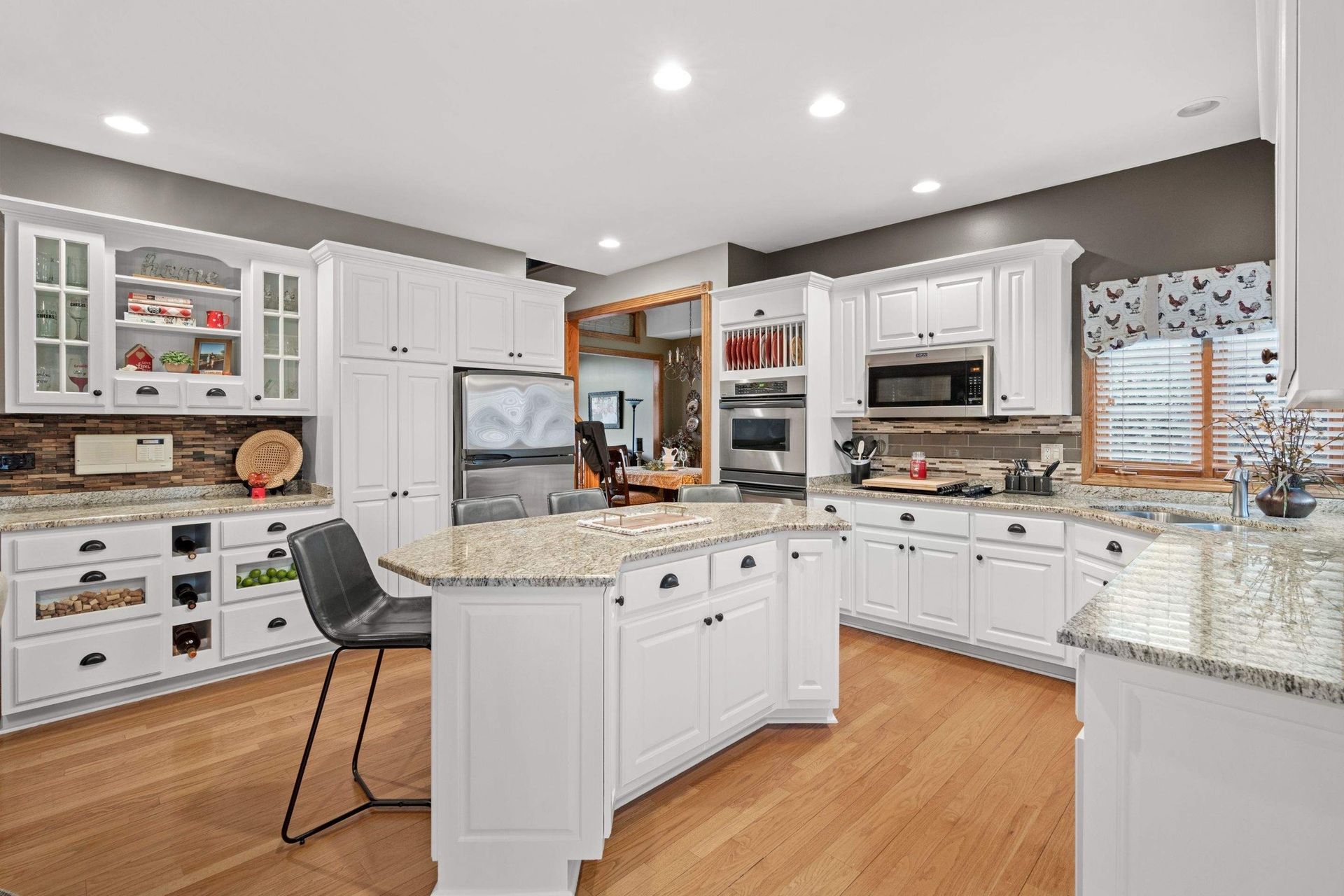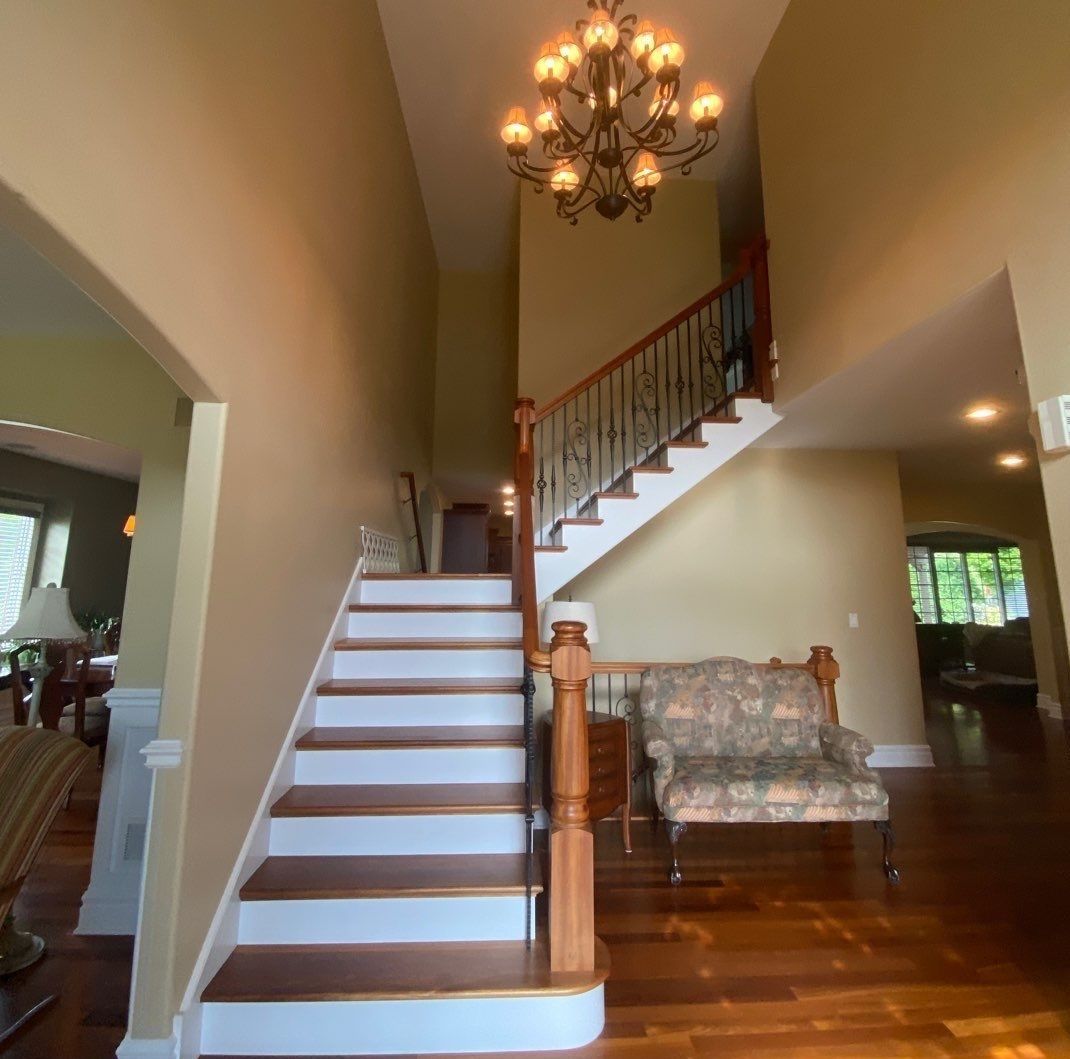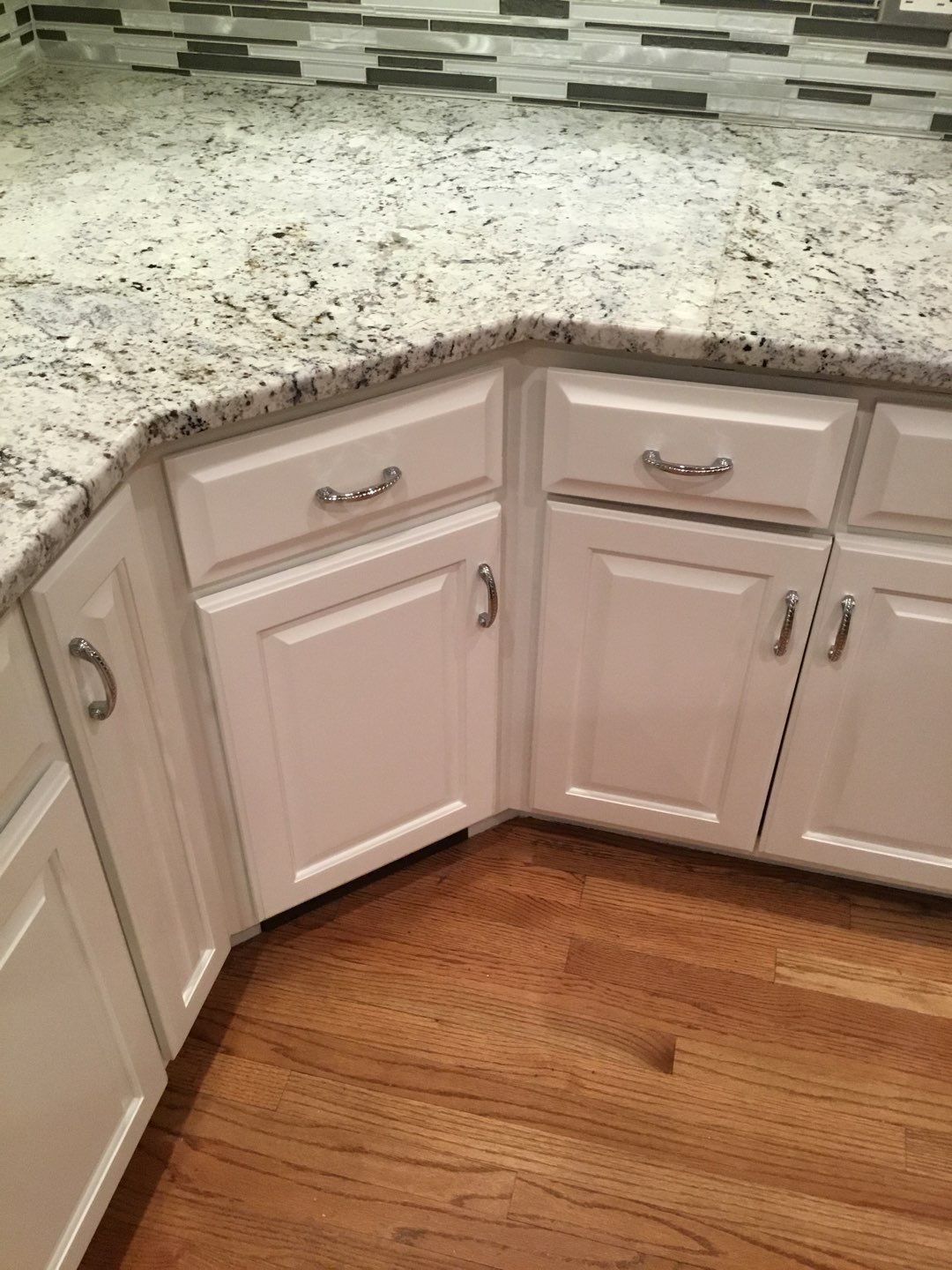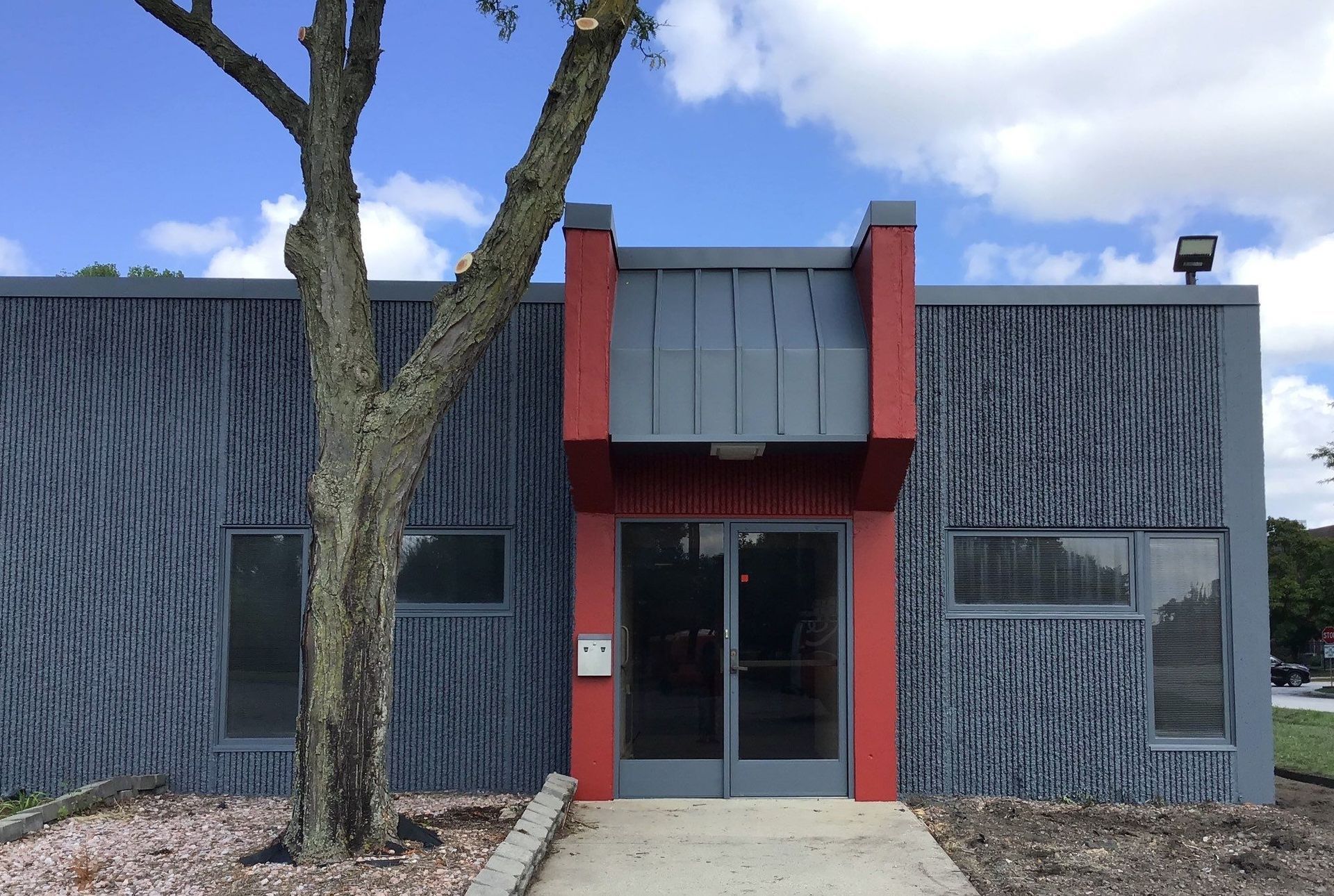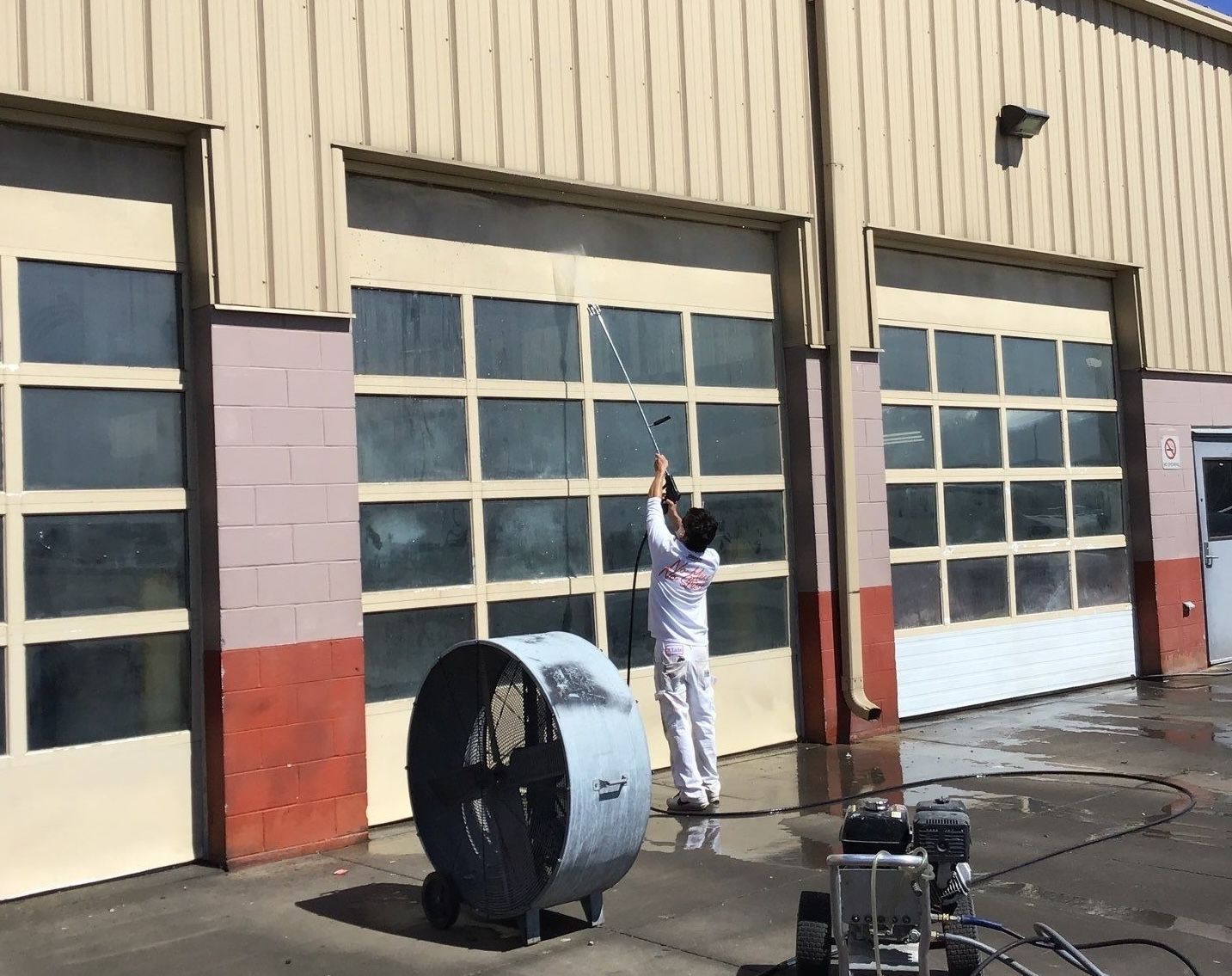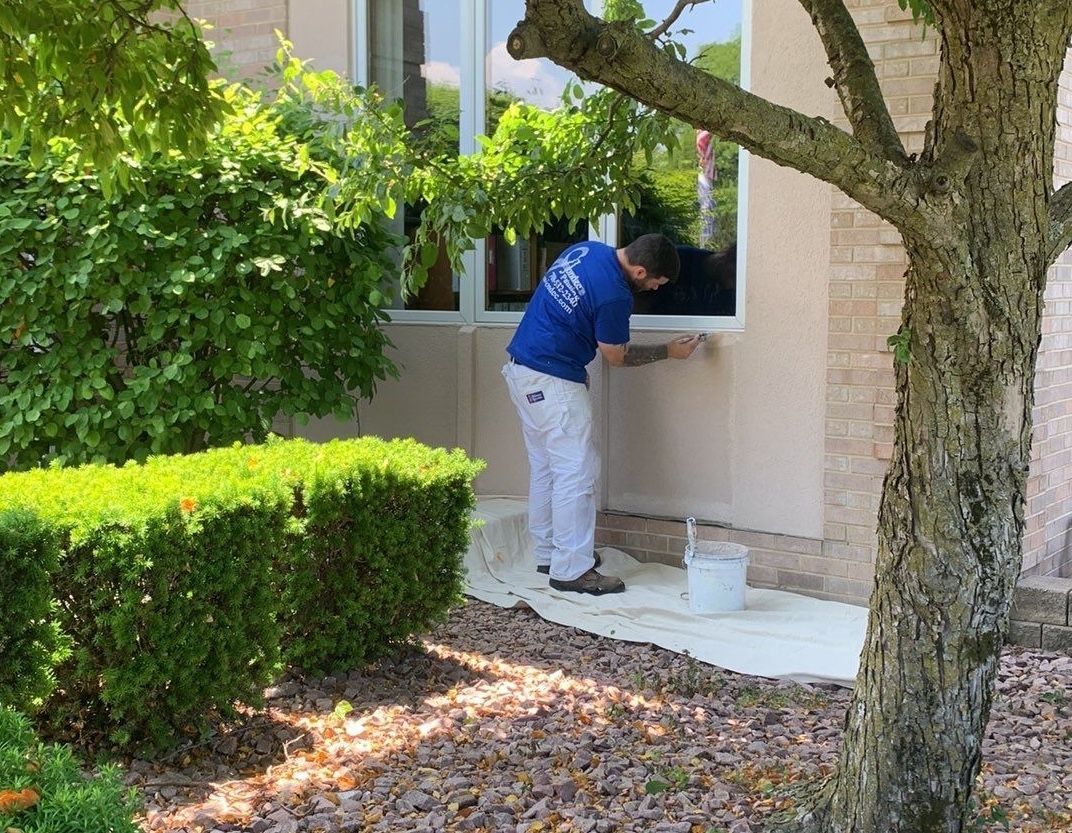Can You Paint Your House in the Fall?
Fall in Orland Park can feel like a weather roulette wheel. One day you’re raking leaves in a light sweater, the next you’re eyeing your snow shovel like it might get some early action. With temps bouncing around and the days getting shorter, homeowners often wonder: is it too late in the year to give your house a fresh coat of paint?
Short answer: not necessarily. In fact, fall can be one of the best times to paint, if you play your cards right.
Why Fall Can Be a Great Time to Paint
Fall weather in Illinois can actually work in your favor. For starters, cooler temperatures mean your painter (or you, if you’re going the DIY route) won’t be roasting in the sun. The reduced heat also means the paint dries more evenly, without the quick surface-dry that can happen during summer’s peak heat.
Another perk? The sunlight is less intense. This helps maintain color accuracy and reduces the risk of fading while the paint cures. And because summer’s rush is over, many painting companies have a little more flexibility in their schedules, so you might be able to get your project done sooner rather than later.
The Weather Factor
Fall weather in Orland Park can be a painter’s best friend, or worst enemy, depending on how you work with it. Temperature, moisture, and timing all play a role in whether your paint job lasts for years or starts peeling before you’ve even put the ladder away.
Ideal Temperatures
Most exterior paints perform best between 50°F and 85°F. Dip below that range and you risk improper curing, which can lead to cracking, peeling, or a chalky finish.
Moisture Matters
Morning frost and surprise rain showers are common in the fall. Painting on damp surfaces can trap water under the paint, causing bubbles and poor adhesion later. Always start after the dew has evaporated.
Temperature Swings
In the Midwest, it’s not unusual to see a 20-degree difference between morning and afternoon. Drastic shifts can affect how well paint dries, so plan your work for the most stable part of the day.
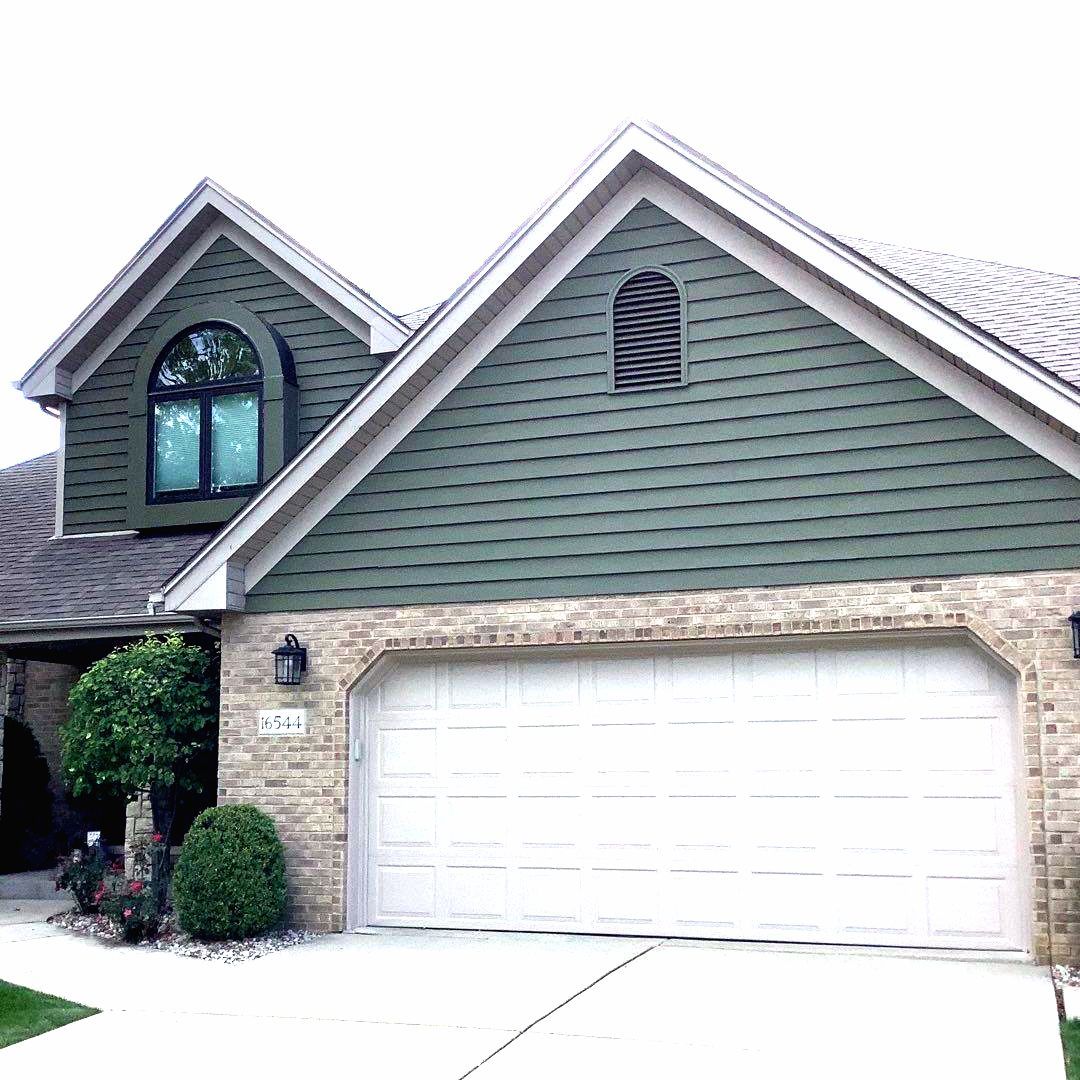
Surface Prep Matters More in the Fall
In the fall, you have to work around extra challenges, like damp mornings from dew or frost, and leaves floating around like confetti during a parade. Before you start painting, make sure surfaces are completely dry and clean. Any moisture trapped under the paint can cause adhesion issues later on.
Prep should include power washing (well before painting so the siding has time to dry), scraping away old, loose paint, and repairing any damaged areas. And yes, that means waiting for the morning dampness to burn off before you start, because paint and water don’t mix well unless you’re aiming for a “bubbled” effect (which, trust us, you’re not).
Choosing the Right Paint for the Season
The type of paint you choose in the fall can make or break your project. Not all paints are built for cooler conditions, and using the wrong formula can lead to a finish that fails long before it should.
Cold-Weather Formulas
Some modern paints are designed to work at temperatures as low as 35°F. These formulas contain special resins that allow for proper curing in cooler air, making them ideal for extending your painting season.
Latex vs. Oil-Based
Latex paints are popular for their quick dry time and easy cleanup, but oil-based paints can still be a strong choice for trim or areas where durability is critical. Just be mindful of drying times, which can lengthen in cooler weather.
Proper Storage
Cool fall nights can thicken or even freeze paint if it’s left outside. Always store your paint indoors overnight to protect its consistency and performance.

Timing Your Project
In summer, you can start early and paint all day. In the fall, timing becomes more strategic. The sweet spot is often mid-morning to mid-afternoon, once any dew or frost has evaporated but before temperatures start dropping in the late afternoon.
Plan your work so that the paint has at least a couple of hours of ideal temperature to set before it cools down. Keep in mind that daylight hours are shorter, so you may need more days to finish the same amount of work. Also, if you’ve got a cold snap in the forecast, wrap up your project before it hits to avoid compromising your finish.
When to Call the Pros
Sure, you can paint your own house in the fall. But pros have the gear, the products, and the know-how to make it easier, and they can push the season longer than most homeowners can on their own. They know how to adjust for shorter drying windows, store and handle paints in cool conditions, and work around unpredictable Midwest weather.
For many homeowners, the peace of mind is worth it. You get a smooth, even finish that’s built to last, without having to gamble with the weather, or spend your Saturdays on a ladder hoping the wind doesn’t pick up.
Frequently Asked Questions
Q: Can you paint when it’s below 50°F?
A: With the right cold-weather paint, you can go as low as 35°F, but you still need several hours above that temperature for proper curing.
Q: Will fall-painted surfaces last as long as summer-painted ones?
A: Yes, as long as you follow temperature and prep guidelines, the finish should last just as well.
Q: How late in the year can you paint in Illinois?
A: Typically until late October or early November, depending on the year’s weather. Once daytime highs stop reaching at least 50°F, it’s best to wait until spring.
Share
Let's Talk Paint!
